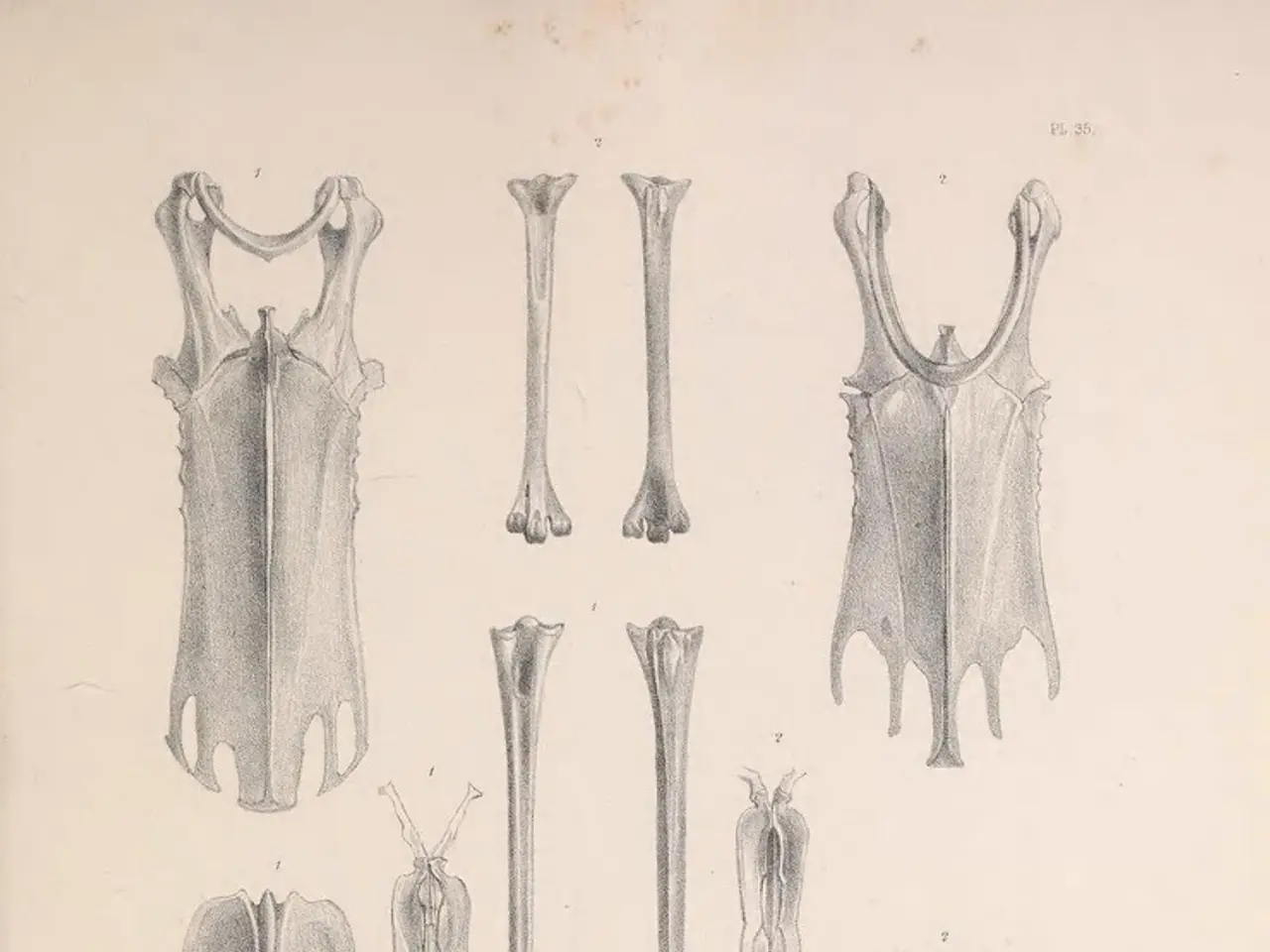T3 Vertebra: Key Player in Spinal Structure and Respiratory Function
The third thoracic vertebra (T3) plays a crucial role in our body's structure and function. Located roughly one-third down the spine from the skull, T3 works alongside other vertebrae to safeguard spinal nerves and facilitate crucial nerve signals.
T3, like its neighbours, is larger than the one above it, allowing it to bear more weight. It directs nerve signals to and from the lungs and bronchial tubes, enabling breathing and related functions. The thoracic spinal nerve 3 extends from just below T3, contributing to this process.
Each thoracic vertebra, including T3, houses smaller nerve roots within vertebral foramina. These open spaces are surrounded by two stalks, or pedicles, through which the spinal cord runs. The T3 spinal cord segment regulates breathing and bronchial function, belonging to the autonomic nervous system that controls respiratory muscles and chest area functions.
T3, as part of the 12 thoracic vertebrae, is vital for our body's respiratory system and overall structure. Its size, position, and role in nerve signal direction make it a key component of our spinal column.




